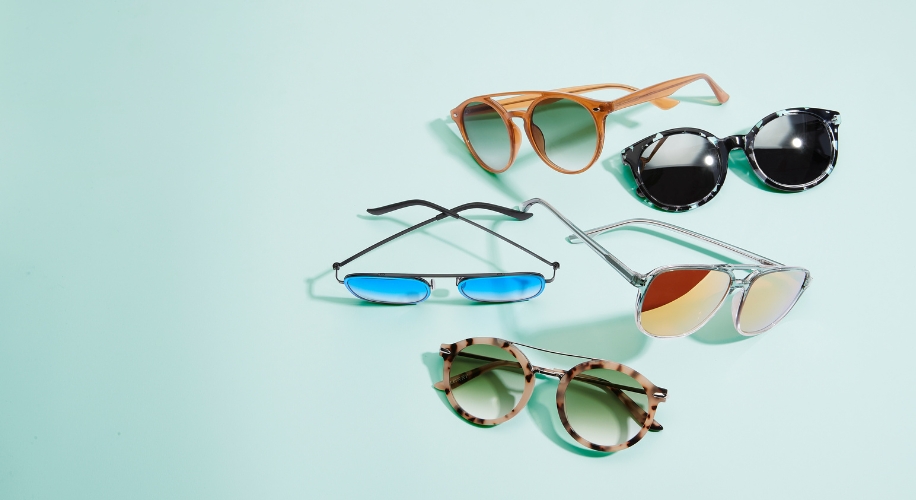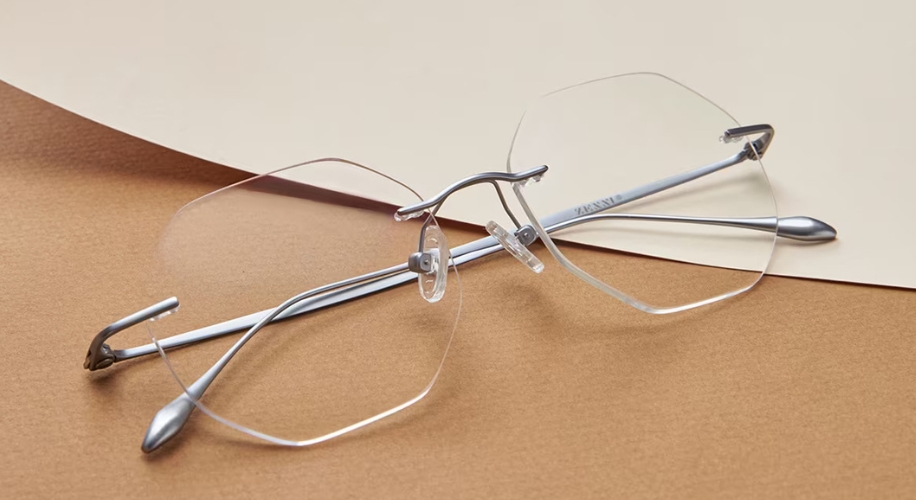How Should Your Glasses Fit?
Finding the right fit for your glasses is crucial for both comfort and optimal vision. A well-fitted pair of glasses not only enhances your look but also ensures that your lenses perform at their best. If you’re unsure how your glasses should fit, this guide will help you understand the key elements to look for.
Frame Fit: The Basics
The Bridge
The bridge of your glasses sits on the nose and supports the frame. It should rest comfortably without pinching or sliding. If the bridge is too high or low, it can affect how well the lenses align with your eyes, leading to discomfort and blurred vision. A universal bridge can help keep your glasses fitting snugly.
The Temples
The temples are the arms of the glasses that extend behind your ears. They should curve gently and fit securely without causing pressure. When the temples are properly adjusted, your glasses should stay in place without sliding down your nose. Additionally, the temples should not press too hard against the sides of your head.
Lens Alignment
Proper lens alignment is crucial for clear vision. The center of each lens should align with your pupils. If the lenses are too high or too low, it can lead to visual distortions and eye strain. When trying on glasses, ensure that you’re looking straight ahead and that your pupils are centered in the lenses.
Shop These Frames Left and Right
Comfort is Key
Padding and Adjustability
Many glasses come with adjustable nose pads or cushioned temple tips. These features can be customized to enhance comfort. If your glasses have adjustable nose pads, they should be positioned to prevent slippage while avoiding excessive pressure. Temple tips should gently rest on your ears without digging in.
Frame Size and Shape
The size and shape of the frame should complement your face shape. Generally, the frame should be proportionate to your face size. Oversized frames may look stylish but can be uncomfortable if they don’t fit properly. Similarly, frames that are too small can cause discomfort and misalignment.
Weight Distribution
Glasses should feel light and balanced. A well-distributed weight prevents one part of the frame from becoming a pressure point. Heavy or uneven frames can cause headaches and discomfort. Opt for lightweight materials like titanium or acetate if you find traditional frames uncomfortable.
Shop These Frames
Final Adjustments and Professional Help
Even if you choose a high-quality pair of glasses, you might still need some adjustments to achieve the perfect fit. Most optical shops offer free adjustments. An optician can fine-tune the fit to ensure that your glasses sit correctly and comfortably on your face.
Regularly check the fit of your glasses. Frames can shift or loosen over time, especially with frequent use. Adjusting the fit occasionally ensures continued comfort and optimal vision. If you notice any issues with the fit, don’t hesitate to visit your optician for adjustments.







 Canada
Canada